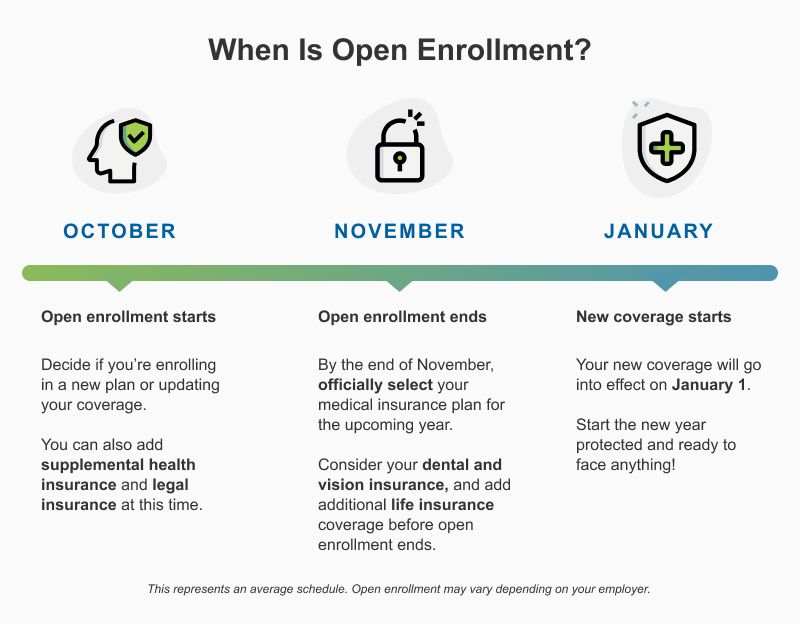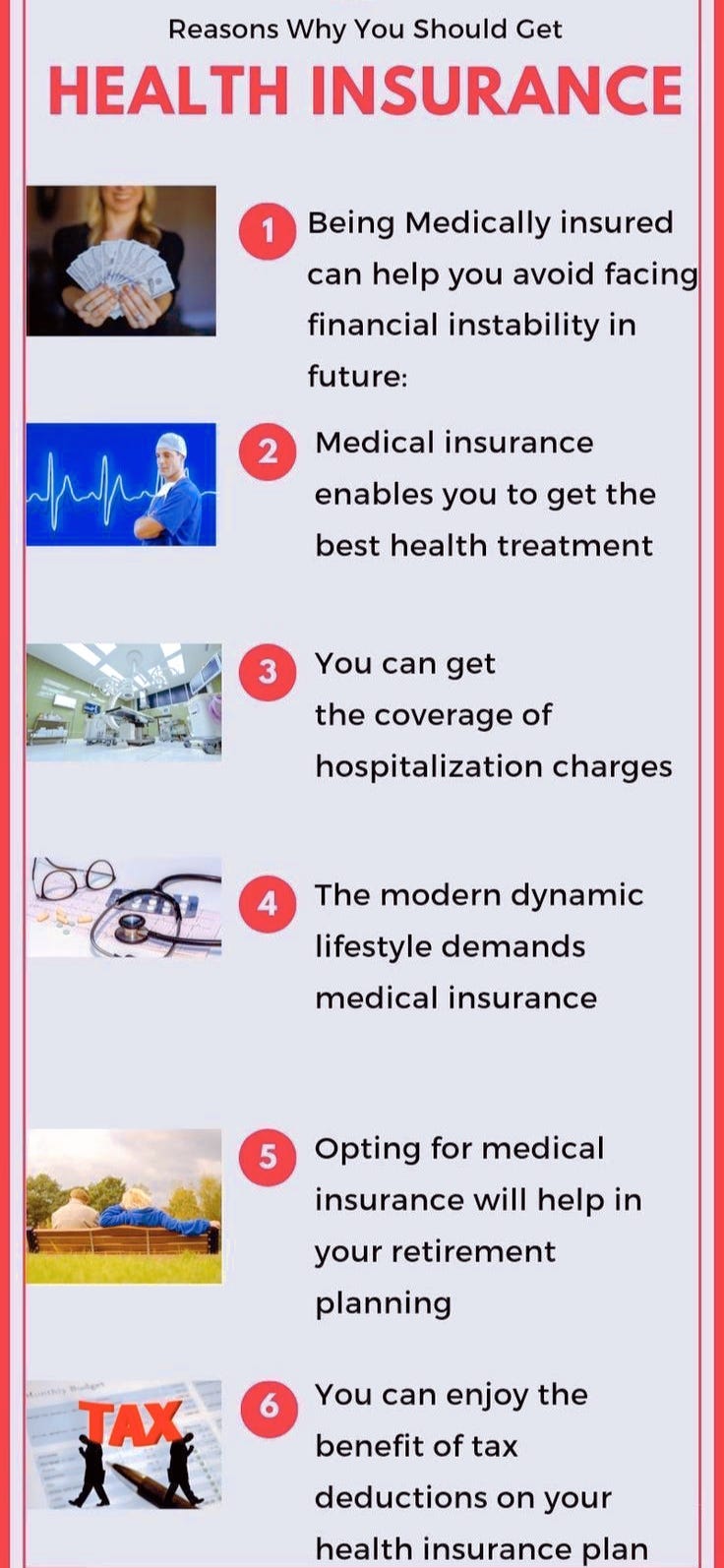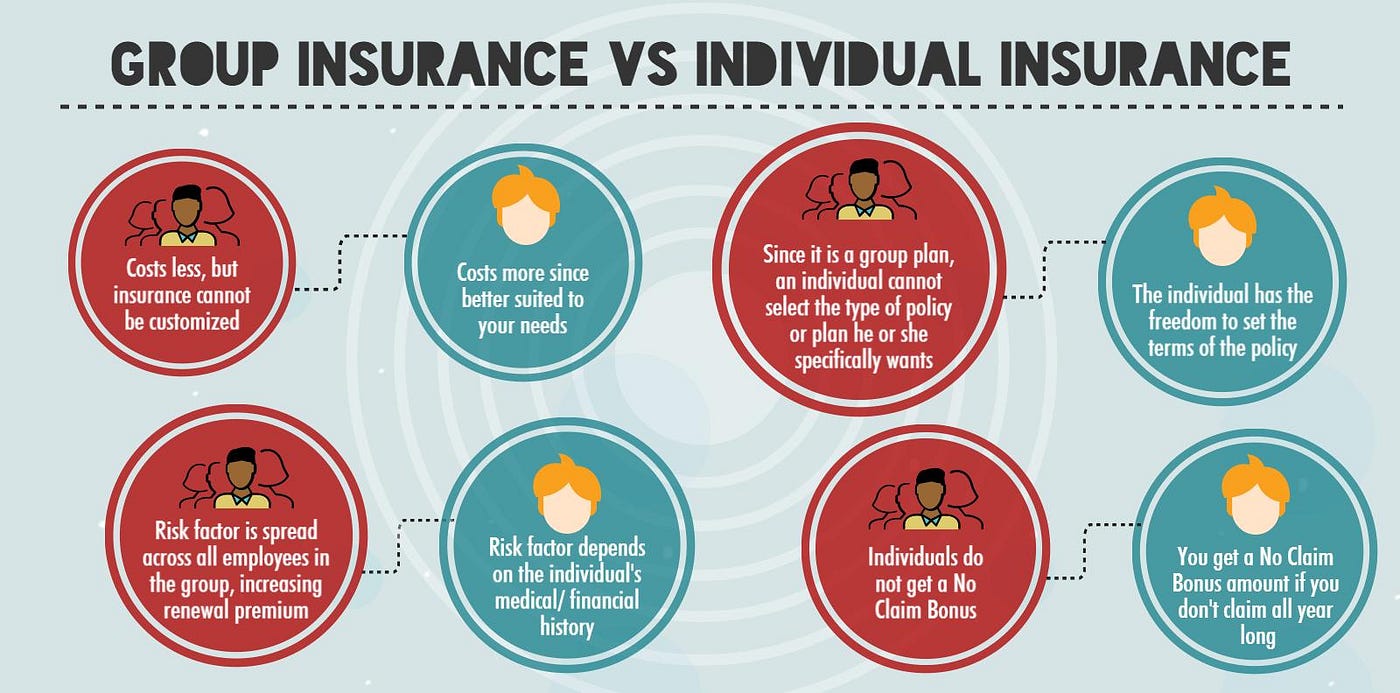Excitement About Medicare Advantage Agent
Excitement About Medicare Advantage Agent
Blog Article
Not known Details About Medicare Advantage Agent
Table of ContentsNot known Facts About Medicare Advantage AgentThe 4-Minute Rule for Medicare Advantage AgentThe 9-Minute Rule for Medicare Advantage Agent

follows from perplexing the relatively young age profile of the without insurance with the much better wellness, on average, of more youthful individuals. This obscures the web link between health standing and health and wellness insurance. For those without accessibility to work environment medical insurance, inadequate health is a possible obstacle to purchasing nongroup insurance coverage due to the fact that such coverage may be very valued, omit pre-existing problems, or be simply not available. The variety of without insurance Americans is not particularly large and has actually not changed recently. 7 out of 10 respondents in an across the country depictive study believed that less Americans lacked medical insurance than actually do(Fronstin, 1998). Roughly fifty percent(47 percent )believed that the variety of individuals without health and wellness insurance decreased or remained continuous over the latter fifty percent of the last decade(Blendon et al., 1999). This decrease of nearly 2 million in the number of people 'without insurance coverage (a reduction
of about 4 percent)is absolutely a favorable modification. With a softer economic climate in 2000 the most up to date reported gains in insurance policy protection may not continue(Fronstin, 2001 ). The decline in the variety of uninsured will not proceed if the economy stays slow and healthcare expenses continue to outmatch inflation. This is since the information were accumulated for a period of strong financial efficiency. Of the estimated 42 million people that were uninsured, all however regarding 420,000(about 1 percent)were under 65 years old, the age at which most Americans become eligible for Medicare; 32 million were adults between ages 18 and 65, about 19 percent of all grownups in this age group; and 10 million were kids under 18 years old, concerning 13.9 percent of all children (Mills, 2000). These quotes of the variety of persons uninsured are produced from the annual March Supplement to the Existing Populace Study (CPS), performed by the Census Bureau. Unless otherwise kept in mind, nationwide price quotes of people without medical insurance and percentages of the populace with various type of protection are based upon the CPS, the most widely utilized resource of estimates of insurance policy coverage and uninsurance rates. These studies and the quotes they yield are defined briefly in Table B. 1 in Appendix B - Medicare Advantage Agent. These surveys differ in dimension and sampling approaches, the concerns that are asked regarding insurance coverage
The Single Strategy To Use For Medicare Advantage Agent
insurance coverage, and the time duration over which insurance policy protection or uninsurance is measured(Lewis et al., 1998, Fronstin, 2000a ). Still, the CPS is especially useful since it produces yearly price quotes reasonably promptly, reporting the previous year's insurance coverage approximates each September, and since it is the basis for a consistent set of quotes for greater than 20 years, permitting analysis of patterns in protection in time.

An Unbiased View of Medicare Advantage Agent
Over a three-year period beginning early in 1993, 72 million people, 29 percent of the U.S. population, were without insurance coverage for at the very least one month. Within a single year(1994), 53 million people experienced at the very least a month without insurance coverage(Bennefield, 1998a). 6 out of every ten without insurance grownups are themselves employed. Although working does boost the possibility that one and one's relative will certainly have insurance policy, it is not a guarantee. Also participants of family members with two full-time breadwinner have nearly a one-in-ten opportunity of being without insurance (9.1 percent uninsured price)(Hoffman and Pohl, 2000 ). The relationship in between medical insurance and access to care is well developed, as recorded later in this phase. Although the relationship between medical insurance and health end results is neither straight neither easy, a considerable clinical and wellness solutions study literature web links medical insurance protection
to enhanced access to care, much better quality, and enhanced personal and population health standing. The second report, on personal health results for uninsured adults, is represented by the innermost circle of the figure, while the 3rd record, on family members wellness, incorporates the topics of the second record but highlights a various system of evaluation, specifically, the family. The sixth report in the series will certainly present information about methods and initiatives embarked on locally, statewide, or country wide to address the lack of insurance and its damaging impacts. Levels of evaluation for taking a look at the impacts of uninsurance. This discussion of medical insurance coverage focuses primarily on the united state population under age 65 because virtually all Americans 65 and older have Medicare or other public protection.
In addition, it concentrates particularly on those with no medical insurance for any length of time. The problems faced by the underinsured remain in some areas similar to those faced by the without insurance, although they are typically less severe. Uninsurance and underinsurance, nevertheless, include definitely various policy issues, and the approaches for addressing them may differ. Throughout this research and the 5 records to follow, the primary focus is on persons without any medical insurance and thus no assistance in spending for health and wellness treatment beyond what is offered with charity and safeguard institutions. Health and wellness insurance policy is a powerful aspect influencing invoice of treatment because both people and physicians reply to the out-of-pocket cost of solutions. Medical insurance, however, is neither needed neither sufficient to access to medical services. The independent and direct impact of wellness
insurance insurance policy protection access to health health and wellness is well established. Others will get the healthcare they need also without health insurance, by paying for it expense or seeking it from service providers that supply treatment totally free or at highly subsidized rates. For still others, medical insurance alone does not make certain invoice of care because of other nonfinancial barriers, such as an absence of wellness treatment carriers in their community, restricted access to transportation, illiteracy, or etymological and social distinctions. Formal research regarding without insurance populaces in the United States dates to the late 1920s and very early 1930s when the Committee like it on the Expense of Treatment created a series of records about funding medical professional workplace visits and hospitalizations. This problem ended up being salient as the numbers of medically indigent climbed up throughout the Great Clinical depression. Empirical researches consistently sustain the web link between access to care and boosted health and wellness end results(Bindman et al., 1995; Starfield, 1995 ). Having a normal resource of treatment can be taken into consideration a forecaster of access, as opposed to a straight step of it, when health and wellness end results are themselves utilized as gain access to signs. This extension of the concept of gain access to measurement was made by the IOM Committee on Keeping An Eye On Access to Personal Healthcare Services(Millman, 1993, p. Whether parents are guaranteed shows up to influence index whether their youngsters get care as well as just how much careeven if the children themselves have insurance coverage(Hanson, 1998). The health of moms and dads can influence their capacity to care for their youngsters and the degree of family tension. Stressing over their children's access to care is itself a source of tension for parents. Three phases adhere to in this record. Chapter 2 offers a review of how employment-based health insurance, public programs and specific insurance plan run and connect to supply substantial but insufficient protection of the united state population. This includes a review of historic fads and public laws impacting both public and personal insurance, a conversation of the communications among the different kinds of insurance policy, and an exam of why individuals relocate from one program to one more or end up

Report this page